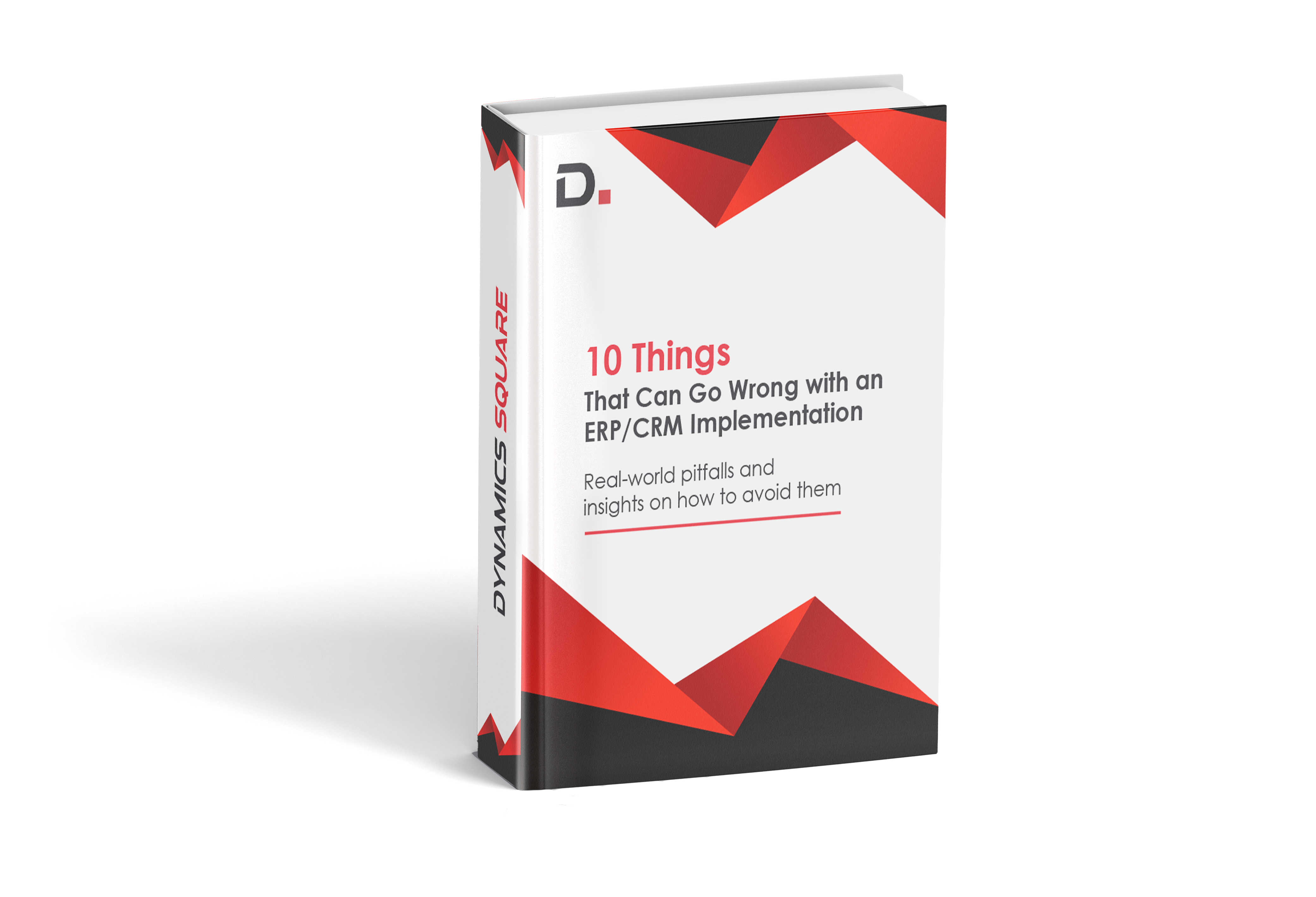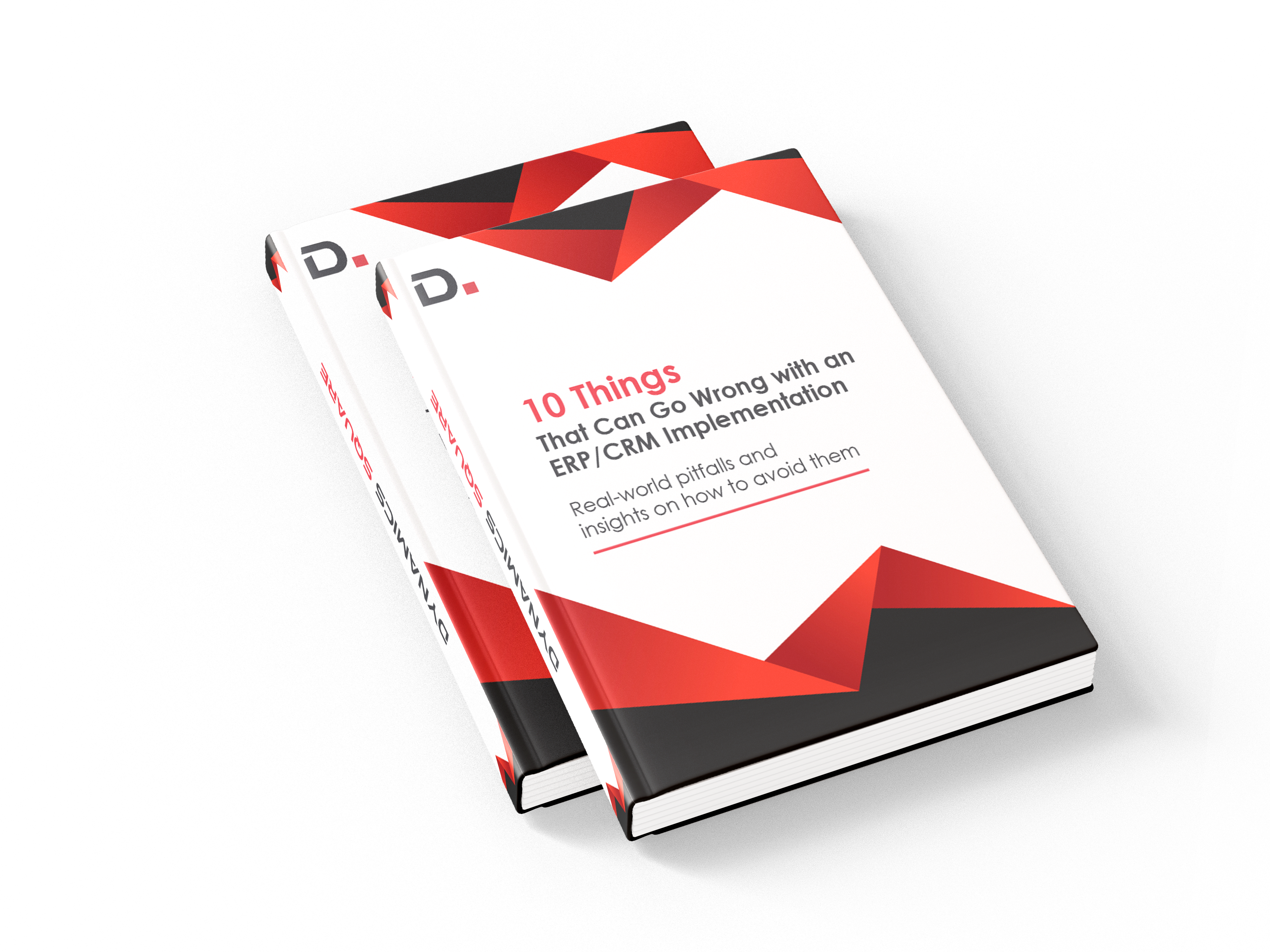10 Things That Can Go Wrong with an ERP/CRM Implementation : Real-world pitfalls and insights on how to avoid them.


What's more about this eBook?
ERP and CRM implementations are critical, but risky projects for any organization. This ebook, "10 Things That Can Go Wrong with an ERP/CRM Implementation," explores real-world pitfalls that can derail your project, from poor planning and vendor mismatch to data issues and user resistance. Each chapter breaks down a specific risk, why it happens, and how to avoid it, offering practical insights and lessons learned from failed and successful implementations. Whether you're just starting or already mid-project, this guide will help you navigate the complexities, avoid common traps, and improve your chances of a successful rollout.
Perfect for business leaders, IT managers, and implementation teams seeking a smoother ERP/CRM journey.
Learned something valuable?
Share this Ebook with your team and align your implementation strategy.
ERP stands for Enterprise Resource Planning. It integrates your core processes like finance, HR, inventory, and customer data into one centralized system. It helps reduce errors, streamline workflows, and improve decision-making.
Timelines vary depending on your business size and requirements. On average, a small to mid-sized business may take 3–6 months for full implementation, including training and testing.
That’s okay! A good ERP platform is designed with usability in mind. Dynamics Square provides training and post-implementation support to ensure your team adapts smoothly.
Post-implementation, your system needs monitoring, occasional updates, and ongoing support. Most vendors offer maintenance plans and continuous optimization services.
ERP/CRM projects often fail due to poor planning, lack of clear requirements, inadequate user training, resistance to change, or choosing the wrong system or partner. These are complex projects that require both technical and organizational alignment.
Common mistakes include underestimating the scope, skipping proper change management, failing to involve key stakeholders, and customizing the software too heavily without understanding long-term consequences.
Absolutely. Choosing a solution that doesn't align with your business needs or a vendor without the right expertise can lead to significant delays, cost overruns, or a complete project failure.
Critical. A perfectly implemented system will still fail if users don’t adopt it. Without proper training and communication, users may resist change, revert to old processes, or misuse the new system.

